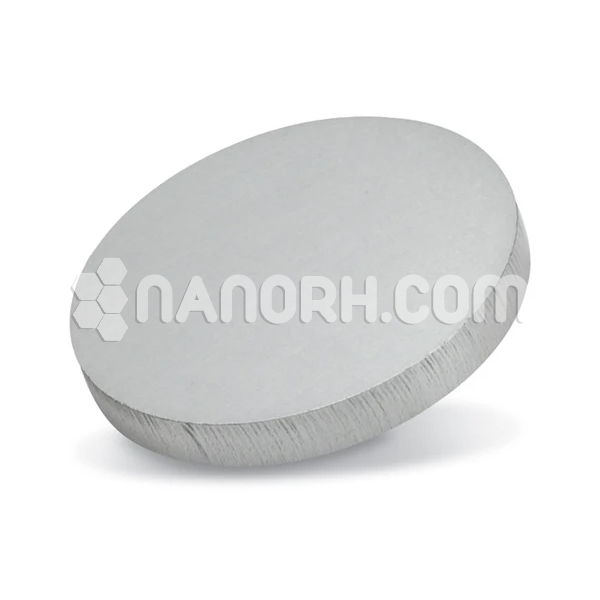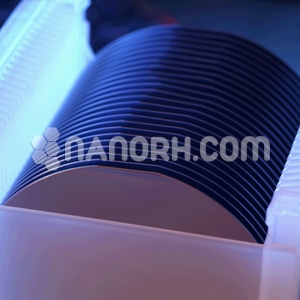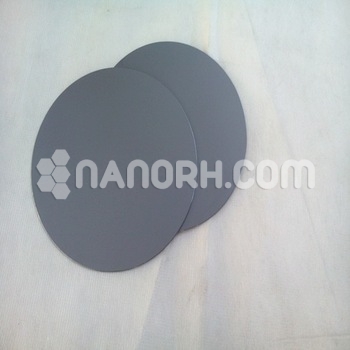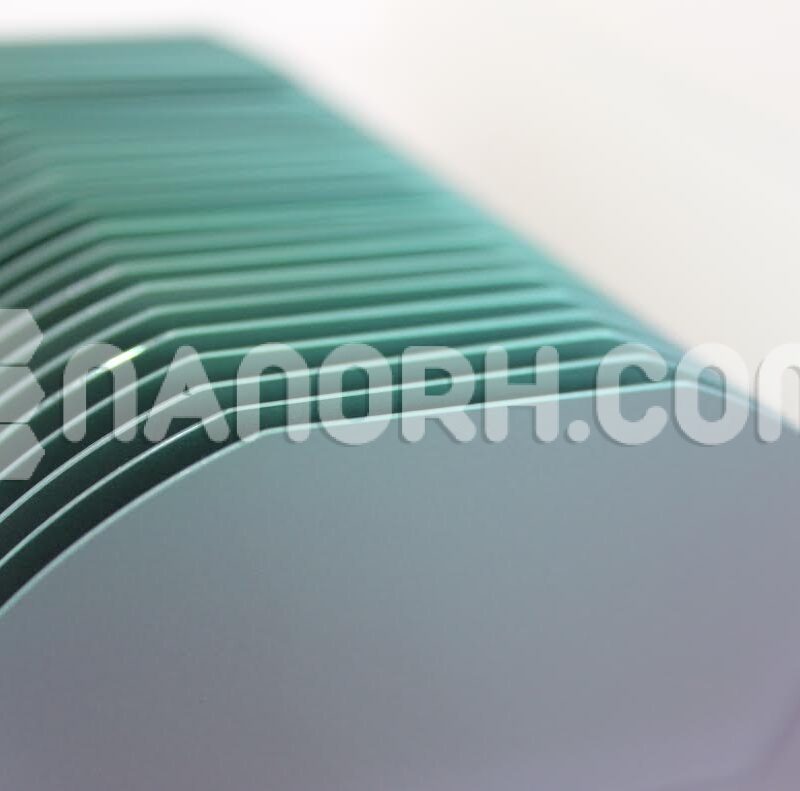| Bismuth Ferrite Sputtering Targets | |
| Product No | NRE-43198 |
| CAS No. | 12010-42-3 |
| Formula | BiFeO3 |
| Molecular Weight | 312.822 g·mol−1 |
| Purity | >99.9% |
| Density | NA |
| Thickness | 3 mm ± 0.5mm (can be customized) |
| Diameter | 50 mm ± 1mm (can be customized) |
| Shape | Round |
| Resistivity | NA |
| Thermal Conductivity | NA |
Bismuth Ferrite Sputtering Targets
Bismuth ferrite (BiFeO3) sputtering targets are used to produce thin films of this unique multiferroic material. The specific applications of bismuth ferrite sputtering targets span several advanced technological fields due to the material’s distinctive properties, including its ability to exhibit both ferroelectric and magnetic behaviours. Here are some of the key applications.
Multiferroic Devices
Memory Devices: Bismuth ferrite is explored for use in next-generation memory technologies, such as magnetoelectric random-access memory (MeRAM) and ferroelectric random-access memory (FeRAM), due to its ability to couple electric and magnetic fields.
Spintronics: Devices that use electron spin along with charge, such as spintronic transistors, can benefit from the unique properties of bismuth ferrite, which allows for new methods of manipulating spin.
Piezoelectric Devices
Sensors: Bismuth ferrite’s piezoelectric properties make it suitable for sensors that detect mechanical changes and convert them into electrical signals. These sensors can be used in various applications, including pressure sensors and accelerometers.
Actuators: Piezoelectric actuators utilize mechanical displacement generated by electric fields. Bismuth ferrite thin films can be employed in such devices for precise control and movement.
Photovoltaic Devices
Solar Cells: Thin films of bismuth ferrite can be used in photovoltaic devices to convert light into electricity. Research explores its potential in enhancing the efficiency of solar cells or in novel types of photovoltaic materials.
Catalysis
Chemical Reactions: Bismuth ferrite can act as a catalyst or a catalyst support in various chemical reactions. Its thin films are used in catalytic applications for environmental and industrial processes.
Optoelectronic Devices
Photodetectors: The optical properties of bismuth ferrite are leveraged in photodetectors that convert light into electrical signals. This can be useful in imaging systems and telecommunications.
Lasers: Research into using bismuth ferrite in laser technology explores its potential in creating new types of lasers with specific wavelength or performance characteristics.
High-Frequency Devices
RF and Microwave Applications: Bismuth ferrite’s behaviour at high frequencies makes it suitable for applications in radio frequency (RF) and microwave devices, including filters and resonators used in telecommunications and radar systems.




